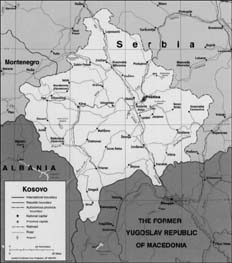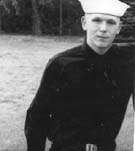Home → Corporations, Elections & Commissions → Elections & Voting → Voter Information → Vote in Honor of a Veteran → Table of Contents → Kosovo
Kosovo (1999-present) |
|
After World War II Yugoslavia (formed in 1918 after the fall of the Austro-Hugarian Empire) becomes a communist republic under Prime Minister Tito. It is comprised of 6 republics – Serbia, Croatia, Bosnia-Herzegovina, Macedonia, Slovenia, and Montenegro – as well as 2 provinces, Kosovo and Vojvodina. |
|
|
|
Security forces (KFOR) totaling over 46,000 military personnel from 39 countries are deployed on June 12 in Operation Joint Guardian, a multinational effort with substantial NATO participation. NATO forces have been at the forefront of humanitarian efforts in this region. Of particular concern has been the treatment of Albanian refugees and other abuses of human rights during this period of "ethnic cleansing" perpetrated by the Milosevic-led forces. It has been estimated that by the end of May 1999, 1.5 million people have been expelled from their homes in Kosovo. At least 5,000 Kosovars have been executed, and 225,000 Kosovar men are believed to be missing. New elections are held in 2000, but Milosevic refuses to release the complete results. Citizens are outraged. A general strike is called. Mobs attack the Parliament building and Milosevic's support diminishes. Milosevic steps down. The United States and the European Union begin to lift economic sanctions, but peacekeeping troops remain in the region. Given this history, building peace in Kosovo will continue to be a long-term commitment on the part of the international community.
|
|
|
|
Additional Tributes Submitted Online |
|

